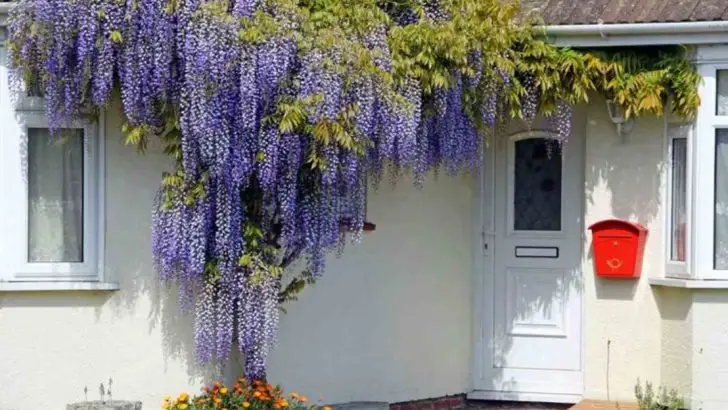Wisteria, with its cascading blossoms and intoxicating fragrance, is a prized gem in any garden. Yet, caring for this enigmatic plant is often shrouded in mystery. From its nuanced growth habits to the surprising benefits it brings, much remains unsaid. This blog unveils twelve things nobody tells you about growing wisteria, combining practical advice with captivating insights.
The Unexpected Patience Test
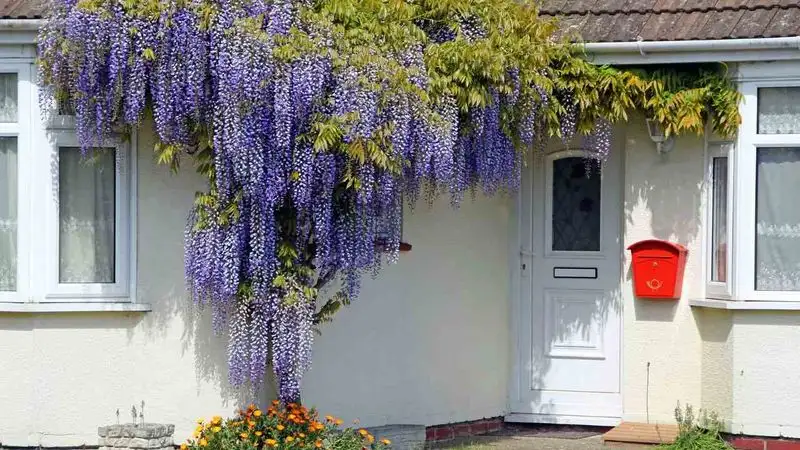
Growing wisteria demands a patient gardener. Unlike some plants, it takes years for wisteria to reach its full blooming potential. In its early years, you might find your wisteria more focused on growing than flowering. This slow start is a test of patience, rewarding you with magnificent clusters of flowers once maturity is achieved. The wait may be long, but the result is worth every moment. Consider it a lesson in slow and steady growth, teaching you to cherish the journey as much as the destination. So, if you’re eager for instant gratification, wisteria might challenge your garden philosophy.
The Climbing Conundrum
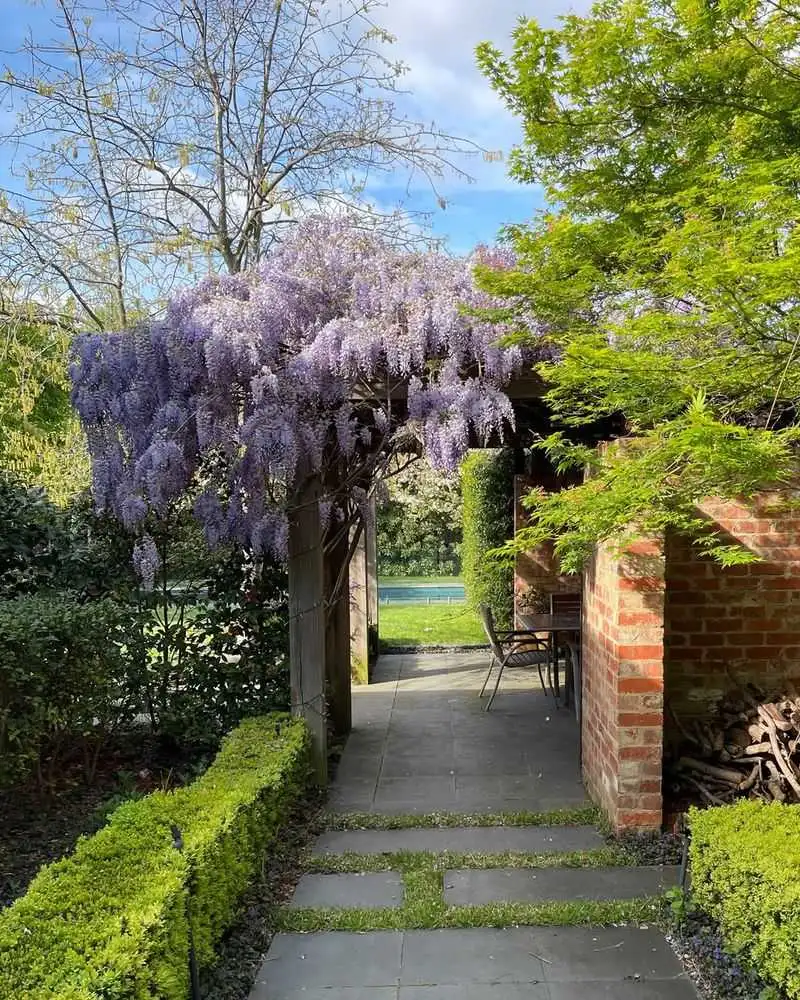
Wisteria is a natural climber, and it can become quite the escape artist if left unattended. Its vines twist and twirl around anything they find, from trellises to unsuspecting trees. The plant’s vigorous nature means you need to be strategic about where it’s planted, ensuring it has sturdy support. Regular pruning helps manage its enthusiastic growth, keeping it from overwhelming its surroundings. Embrace its climbing prowess, but remember to guide its exuberance with careful hands. It’s a dance between gardener and vine, where balance and patience lead to a harmonious garden addition.
The Seasonal Scent Surprise

Wisteria’s perfume is not just for human enjoyment; it’s a magnet for pollinators. During blooming season, your garden might become a buzzing haven for bees and butterflies. The scent, while enchanting, is strongest at certain times of the day, often in the afternoon when the sun hits just right. This aromatic allure means wisteria can contribute to a thriving ecosystem, supporting beneficial insects. However, for those sensitive to scents, it’s something to consider when planning placement. Revel in the nature it attracts, adding life and movement to your garden experience.
The Color Spectrum
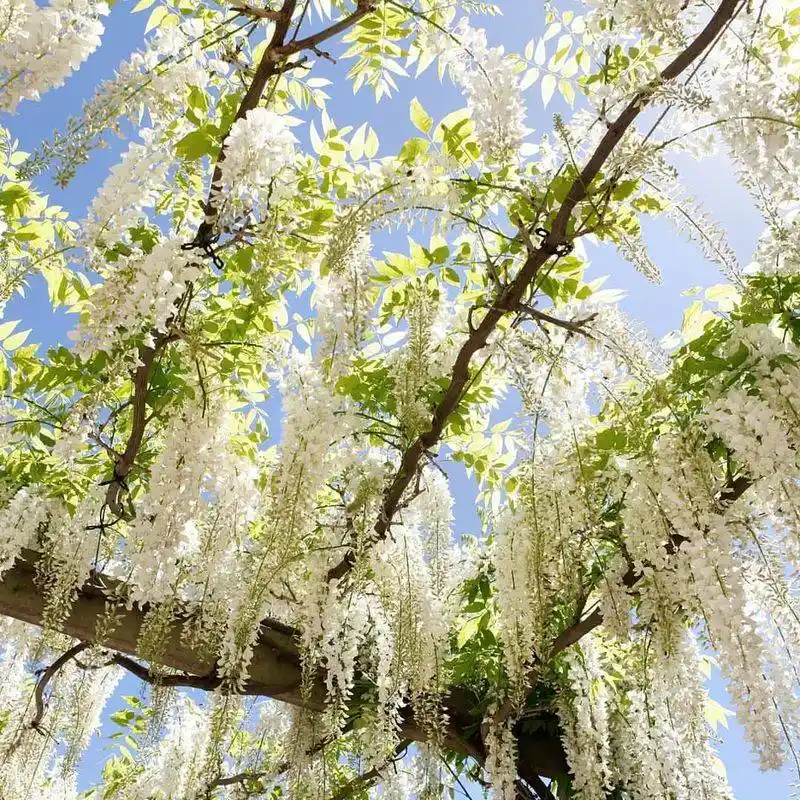
While purple is the iconic hue associated with wisteria, it’s not the only color option. This versatile plant offers shades of white and pink, each bringing a unique charm to the garden. Choosing the right color can complement your garden’s existing palette, creating a harmonious or contrasting visual effect. Experimenting with different varieties can transform your space into a canvas of color, inviting curiosity and admiration. Whether you prefer the traditional purple or something a bit distinctive, wisteria’s spectrum can cater to diverse aesthetic desires.
The Pruning Paradox
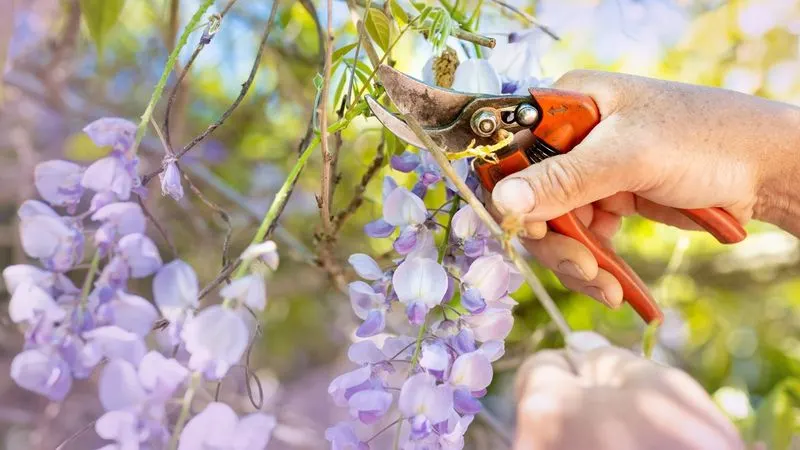
Pruning wisteria is both an art and a science. It involves cutting back vigorously to encourage more blooms, resulting in a paradox where less is truly more. Understanding when and how to prune can significantly impact the plant’s flowering success. Typically, pruning twice a year, in late winter and summer, keeps it vibrant and manageable. This task fosters a closer relationship with your wisteria, transforming the chore into a meditative practice. Embrace the paradoxical nature of pruning, where control and creativity blend to enhance the garden’s beauty.
The Root Reality
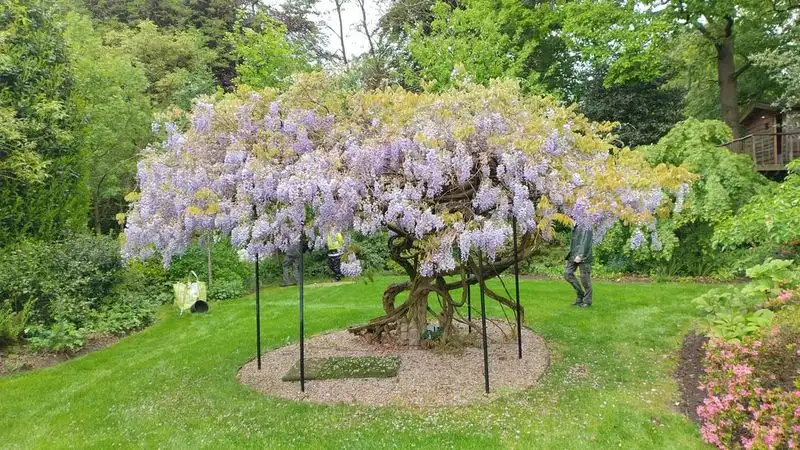
Beneath its elegant exterior, wisteria’s roots spread with determination. Known for their vigor, these roots can disrupt nearby plantings if not adequately contained. When planting, consider barriers to prevent the roots from invading other areas of your garden. This foresight preserves harmony between wisteria and its floral neighbors. Understanding the root dynamics encourages responsible gardening, allowing room for growth without compromising the rest of your landscape. It’s a reminder that beauty above ground often requires mindful management below.
The Weather Whisper

Wisteria possesses an admirable resilience to weather variations. Hailing from temperate climates, it handles different conditions with grace—from sun-soaked days to drizzly afternoons. This adaptability makes it a versatile choice for many gardeners, though protection from harsh frosts may be necessary. Its whispers of weather wisdom teach gardeners about adaptation, showcasing the plant’s ability to thrive through changing seasons. Whether basking in the sun or dancing in the rain, wisteria stands as a testament to nature’s enduring spirit.
The Growth Spurt Surprise
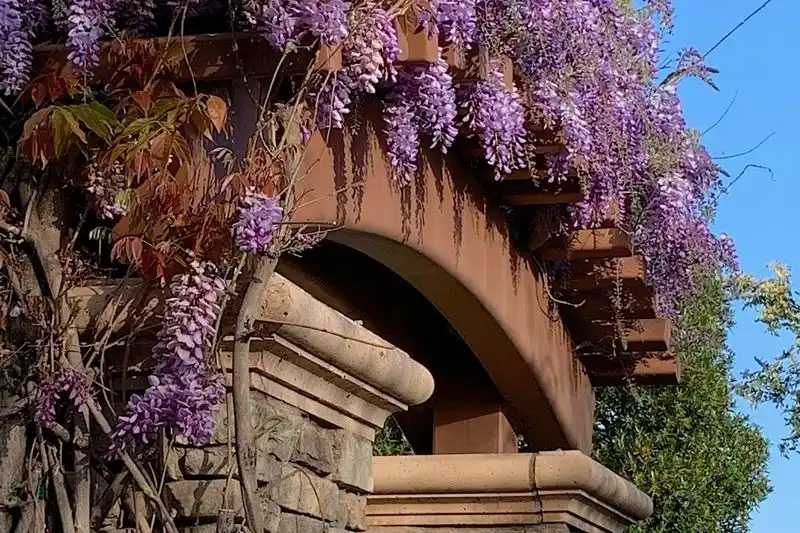
Once wisteria settles into its environment, expect unexpected growth spurts. This plant doesn’t know moderation, often surprising gardeners with its rapid expansion. Regular monitoring is essential to manage its enthusiasm, keeping it from overshadowing other plants. This vibrant growth pattern can fill gaps in your garden faster than anticipated. Such growth spurts offer excitement and challenge, urging gardeners to stay actively involved in the plant’s development. Embrace the vigorous spirit of wisteria, appreciating its dynamic contribution to garden life.
The Cultural Connection

Wisteria holds cultural significance, especially in East Asia, where it’s celebrated in festivals and art. In Japan, it’s associated with love and longevity, often featured in traditional gardens. This cultural connection can add a layer of storytelling to your garden, transforming it into a space of historical and emotional resonance. Embracing wisteria’s cultural background enriches your gardening experience, offering a global perspective. It’s more than a plant; it’s a bridge between worlds, linking your garden to centuries of tradition and beauty.
The Invasive Intention
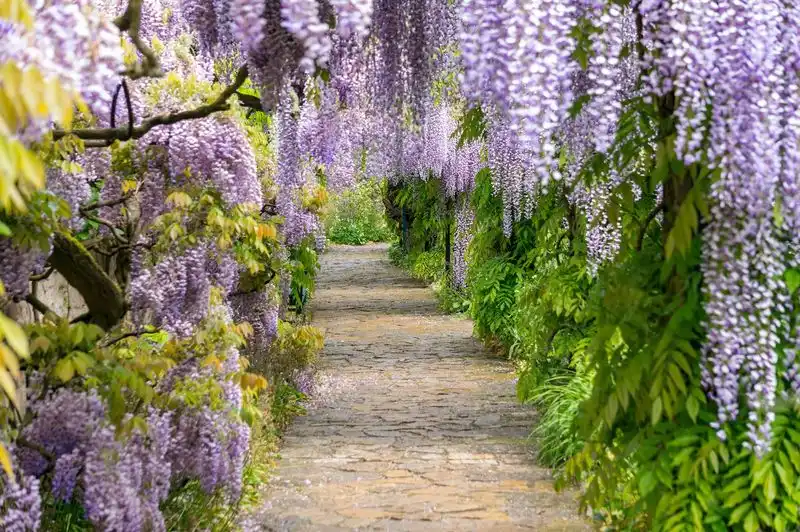
Wisteria’s beauty can mask its potential invasiveness. Without proper management, it can overrun structures and landscapes. This aggressive nature requires vigilant oversight, ensuring it enhances rather than overwhelms your garden. Regular trimming and strategic planting locations mitigate its invasive tendencies. Recognizing its intention to dominate fosters a balanced approach, allowing you to harness its beauty responsibly. It’s a reminder that sometimes, the most captivating elements require the most attentive care.
The Wildlife Welcome
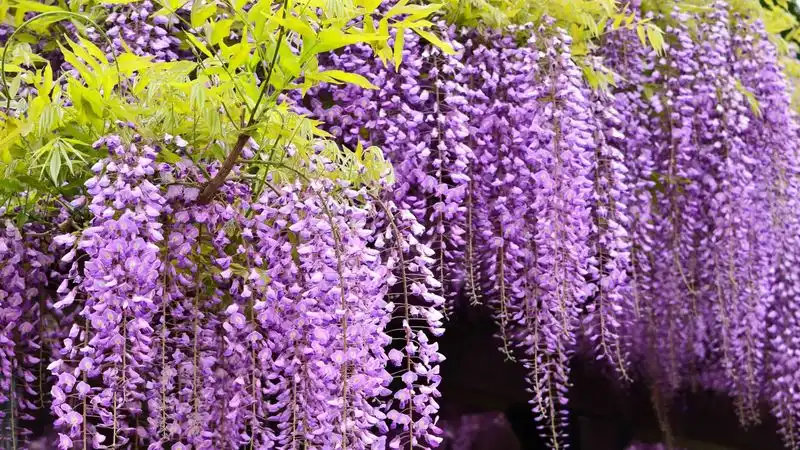
Wisteria isn’t just a feast for the eyes; it also offers refuge to wildlife. Birds may nest within its branches, finding shelter and sustenance among the blooms. This symbiotic relationship enriches the ecological tapestry of your garden, inviting song and life. Encouraging such interactions supports biodiversity, turning your garden into a thriving habitat. Celebrate the unexpected guests wisteria welcomes, adding layers of vitality and interest to your outdoor space. It’s a testament to nature’s interconnectedness, where beauty serves as both an invitation and a sanctuary.
The Soil Secret

Despite its robust appearance, wisteria thrives best in specific soil conditions, preferring well-drained, fertile earth. This plant’s secret lies in the quality of its foundation. Amending soil with organic matter enhances its health, supporting lush growth and vibrant blooms. Pay attention to pH levels, keeping them neutral to slightly acidic for optimal results. Understanding these soil preferences unlocks wisteria’s full potential, proving that beneath its strong exterior, it relies on nurturing roots. The soil’s secret is simple: nourish the base to elevate the bloom.

